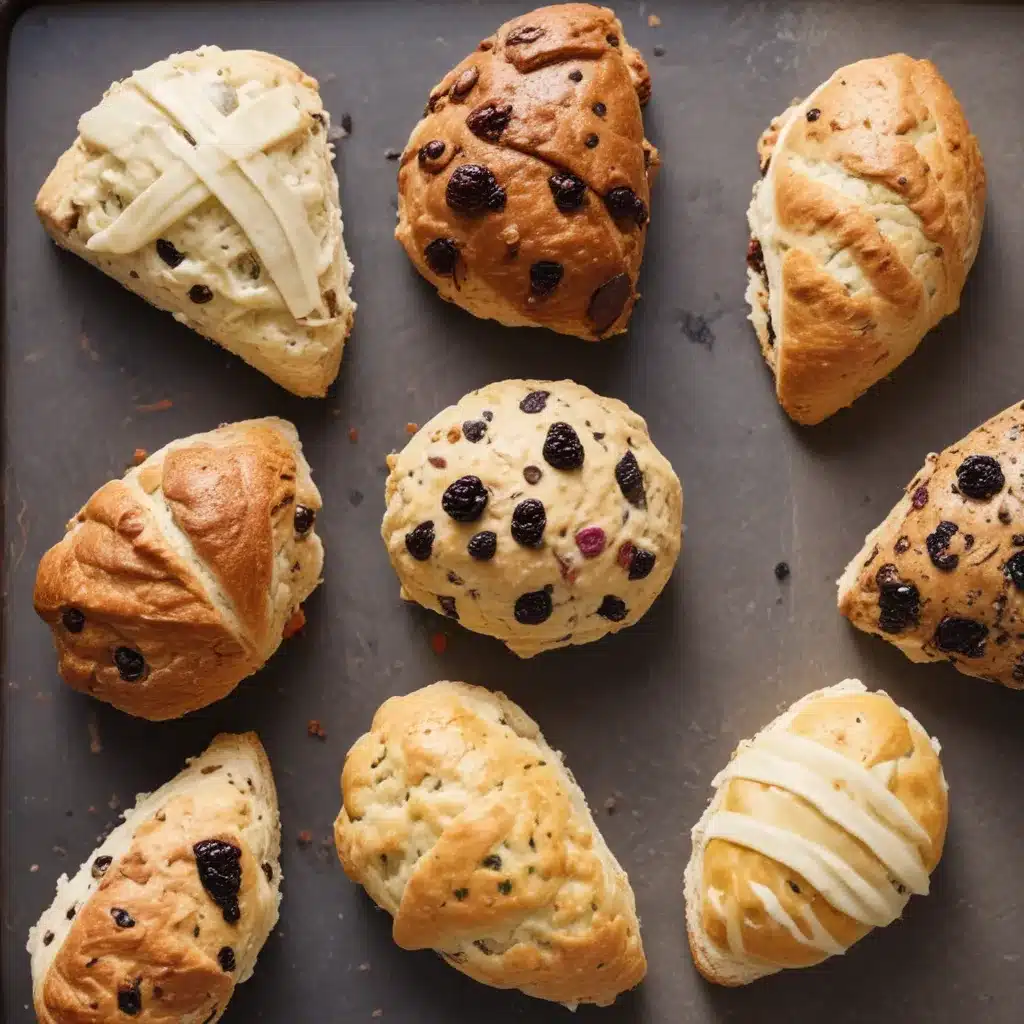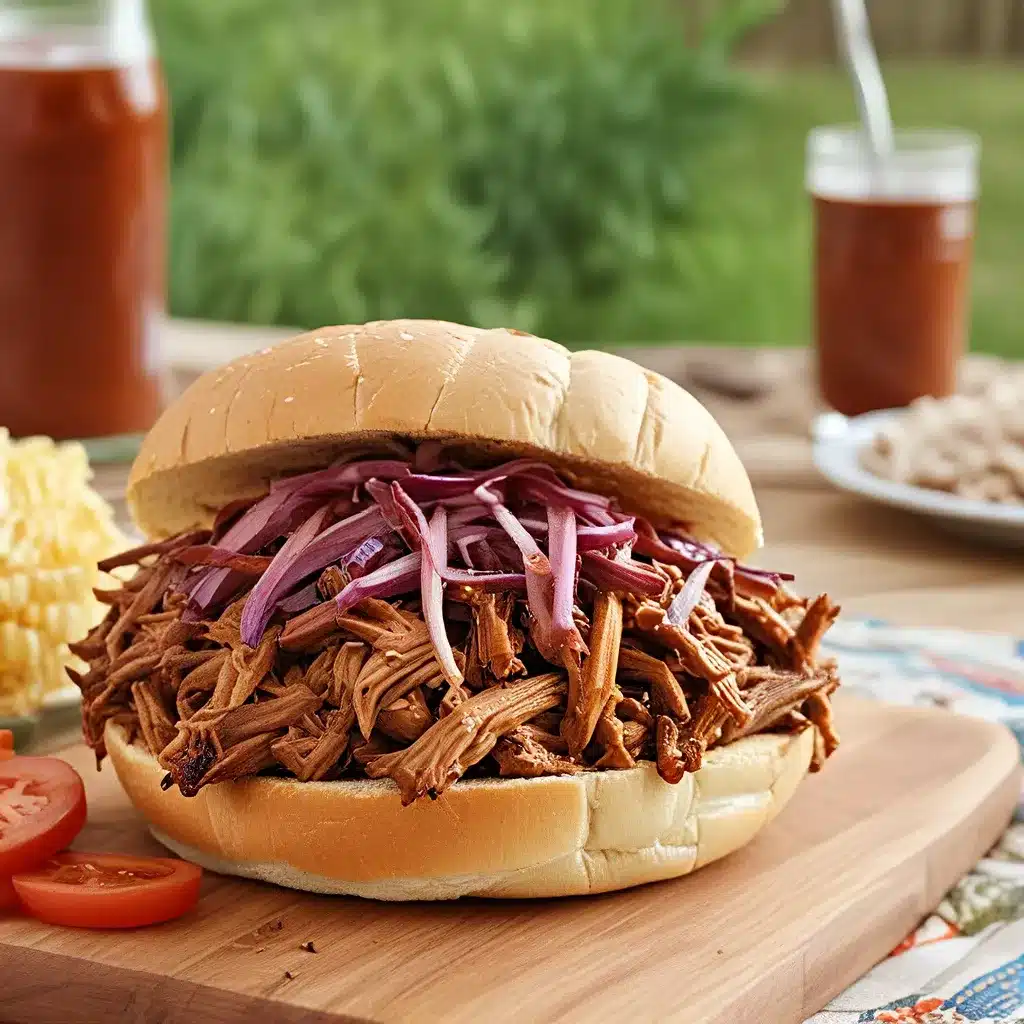
The Scone Conundrum
As a freelance creative, I wear many hats. I always chuckle quietly to myself when someone asks the dreaded “so what do you actually do?” Mainly because my efforts to give a short, clean answer usually fail, and I end up waffling, trying to succinctly explain why although I am a baker, no, you cannot place an order with me for your birthday or wedding cake.
Some weeks, I’m knee-deep in recipe development, working to a brief for a magazine or brand, coming up with new ideas and testing them until they’re just right. Other days, I’ll be food styling on shoots, creating content for social media, hosting events, running a baking class, testing recipes for my Guardian column, or writing this very newsletter. Lots of hats, and that’s not even including all the admin. But it’s all part of the mostly joyful rollercoaster of working for yourself.
This week, I’ve been wearing my food stylist hat and I’m currently working on a cookbook for another author. It’s always fun being on the other side of a cookbook, helping bring it to life for someone else. It’s a great time to get stuck into ideas and recipes outside of your own work, especially when inspiration is running a little dry. Immersing yourself in another chef or food writer’s cuisine or point of view can really spark some creative juices.
Classic Scone Comfort
So for this week, we’ve got a British classic – scones! When you think scones, your mind probably goes to afternoon tea, clotted cream, and fancy, delicate teacups. All lovely things. But consider this recipe to be more of a casual scone. Something you might have for breakfast during the week. They’re larger and chunkier with a delightfully craggly top. I serve them with salted butter because, as much as I love clotted cream, it’s not something I just always have in my fridge. Butter, however, is.
Scones should be pretty simple; they’re not the kind of bake that should come with a lot of stress. I really love having these for breakfast as they’re not too sweet, with a gentle spice and the raisins just making them feel a little healthier. I already know there’ll be some of you who see the raisins and won’t be able to resist the urge to swap them for chocolate chips. Controversial opinion, maybe, but I don’t think chocolate belongs in a scone. Sorry! The raisins just work, trust me.
Scone Secrets Revealed
To make these classic spiced tea scones, you’ll need to start by soaking the raisins in some strong black tea. This not only plumps them up, but it also adds a lovely depth of flavor to the final scones. While the raisins are soaking, you can get to work on the dough.
The key to perfect scones is keeping the ingredients as cold as possible. That means using cold butter, cold milk, and even chilling the dough before baking. This helps prevent the scones from spreading too much in the oven, which can result in a dense, cake-like texture. Instead, you’ll get beautifully flaky, crumbly scones with a soft, tender interior.
Another important tip is to not overwork the dough. Gently kneading it just a few times is all it takes to bring everything together. Overworking the dough can lead to tough, dry scones. So be gentle, and don’t be afraid to add a little extra flour if the dough starts to get too sticky.
Mixing it Up: Scone Variations
Now that you’ve mastered the classic, it’s time to get creative! Scones are the perfect canvas for all sorts of sweet and savory flavors. Here are a few of my favorite variations:
Spiced Tea Scones – The recipe I shared earlier, with raisins, cinnamon, nutmeg, and cardamom. Delicious for breakfast or an afternoon snack.
Blueberry Scones – Bursting with juicy blueberries and perfect for a summer brunch. Try them with a dollop of lemon curd on top.
Savory Cheese and Herb Scones – Cheddar, parmesan, and fresh herbs make these scones a delightful accompaniment to soups or stews.
Traditional Irish Scones – Made with einkorn flour for a heartier, more rustic texture. Lovely with a cup of strong Irish breakfast tea.
No matter which flavor you choose, the key is to follow the same basic technique – keep those ingredients cold, and don’t overwork the dough. With a little practice, you’ll be whipping up bakery-worthy scones in no time. And if you’re feeling really adventurous, why not try your hand at making your own clotted cream to serve alongside?







